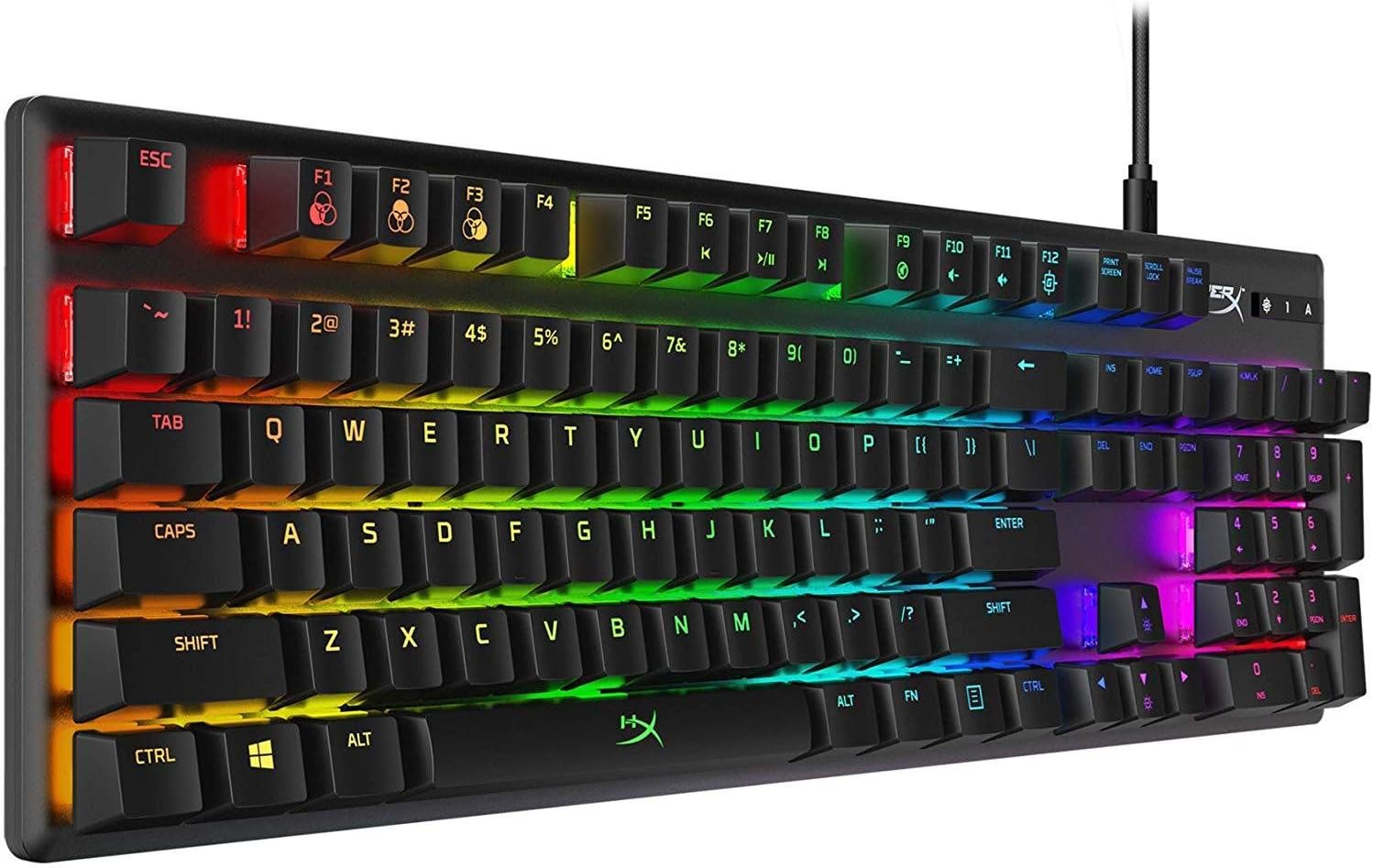Ubuntu Keyboard Not Working: What to Do?
I know firsthand how frustrating it can be when your keyboard stops working on your Ubuntu system. I’ve experienced this issue and successfully resolved it, so I understand the frustration it can cause. If you’re currently dealing with a non-responsive keyboard in Ubuntu, don’t worry; I’ve been there too.
Hardware Connectivity Issues, such as a loose connection or low batteries in a wireless keyboard, are often to blame. In my experience, ensuring proper hardware connections or charging the batteries has swiftly resolved this issue. Additionally, Software Conflicts, stemming from glitches or driver problems in Ubuntu, can disrupt keyboard functionality. Restarting the computer and updating keyboard drivers have been reliable solutions for me in such cases.
This is why I’m here to help you out in this case. I’ll share the relevant solutions that have personally proven effective in tackling Ubuntu keyboard problems. So, what are you waiting for?

How to Make the Keyboard Functional on Ubuntu?
Let’s start with the essential steps to diagnose and fix keyboard issues in Ubuntu, based on my own experience –
Solution 1. Check Hardware Connections
The first thing I did was to ensure that my keyboard was correctly connected to my computer. If you’re using a USB keyboard, try plugging it into a different USB port. For wireless keyboards, make sure the batteries are charged, and the keyboard is successfully paired with your computer.
Solution 2. Restart Your Computer
Sometimes, a simple reboot can do wonders for resolving minor issues related to keyboard drivers or other software components. Restart your computer and see if this basic step restores keyboard functionality.
Solution 3. Test with an External Keyboard
To determine if the issue is with your internal keyboard, I connected an external keyboard to my Ubuntu system. If the external keyboard works, it’s likely that the problem lies with your internal keyboard.
Solution 4. Boot into Ubuntu Recovery Mode
Entering Ubuntu recovery mode is a valuable step in diagnosing the issue. To do this, I pressed and held the Shift key during my computer’s boot-up sequence. Once in recovery mode, I tested the keyboard’s functionality. If it works here, the problem may be due to a software conflict.
Solution 5. Reset Ubuntu Keyboard Settings
If the above steps do not resolve the issue, you can reset your keyboard settings to their default configurations. I opened a terminal window and executed the following command –
sudo dconf reset -f /org/gnome/desktop/input-sources/xkb/
This command will restore your keyboard layout, keyboard shortcuts, and other keyboard settings to their original state.
Solution 6. Update Ubuntu Keyboard Drivers
Regularly updating Ubuntu keyboard drivers is crucial for resolving compatibility issues. To keep my keyboard drivers up-to-date, I executed the following commands in a terminal window –
sudo apt update
sudo apt upgrade
These commands updated all the software on my Ubuntu system, including the keyboard drivers.
Solution 7. Disable Unnecessary Software Programs
Certain software programs can interfere with Ubuntu keyboard drivers, causing problems. I temporarily disabled any unnecessary software programs to check if the keyboard began functioning as expected.
Solution 8. Check for and Install Ubuntu Updates
Ubuntu regularly releases updates to address bugs in the operating system, including those that can lead to keyboard issues. I opened the Software Updater application to check for and install any available updates.
Best Keyboards
AULA F75 Pro Wireless
The AULA F75 Pro Wireless Mechanical Keyboard is a versatile and stylish option for gamers and professionals, featuring a compact 75% layout. It offer… Read more
Womier S-K80
The Womier S-K80 is a premium 75% multimedia mechanical gaming keyboard designed to enhance both performance and aesthetics. Featuring a striking blac… Read more
HyperX Alloy Origins Full
The HyperX Alloy Origins Full is a high-performance gaming keyboard designed for serious gamers, featuring custom HyperX mechanical switches that prov… Read more
HyperX Alloy Origins Core TKL
The HyperX Alloy Origins Core TKL is a high-performance tenkeyless mechanical keyboard designed for gamers who prioritize both responsiveness and port… Read more
HyperX Alloy Origins 65
The HyperX Alloy Origins 65 is a compact 65% mechanical keyboard designed for gamers seeking both performance and space-saving functionality. Its dura… Read more
Additional Troubleshooting Steps
In specific cases, you may need to undertake additional troubleshooting steps to tackle more particular issues –
Laptop Chassis Type Check
If you’re using a laptop, you can check the chassis type by opening a terminal window and executing the following command:
cat /sys/class/dmi/id/chassis_type
If the output is not ’31’ or ’32,’ Ubuntu might be misidentifying your laptop as a tablet, disabling the keyboard. To resolve this, you can blacklist the ‘intel_vbtn’ kernel module by creating a new file in /etc/modprobe.d with a ‘.conf‘ suffix and adding the following line:
blacklist intel_vbtn
Save the file, exit the editor, and reboot your system.
Boot into a Different Kernel Version
If keyboard issues persist, you can attempt booting into an alternative kernel version. To do this, hold down the Shift key during boot and select the ‘Advanced options for Ubuntu’ menu. From here, choose a different kernel version to boot into, which might resolve the problem.
Conclusion
I understand the frustration of dealing with a non-functional keyboard on your Ubuntu system because I’ve been there. However, by following the troubleshooting steps and solutions outlined in this guide, I’ve successfully overcome these issues. If problems persist even after implementing these steps, it may be time to consider replacing your keyboard. Remember that Ubuntu offers a wealth of tools and strategies to ensure your keyboard functions flawlessly, so don’t give up on your Ubuntu experience.










